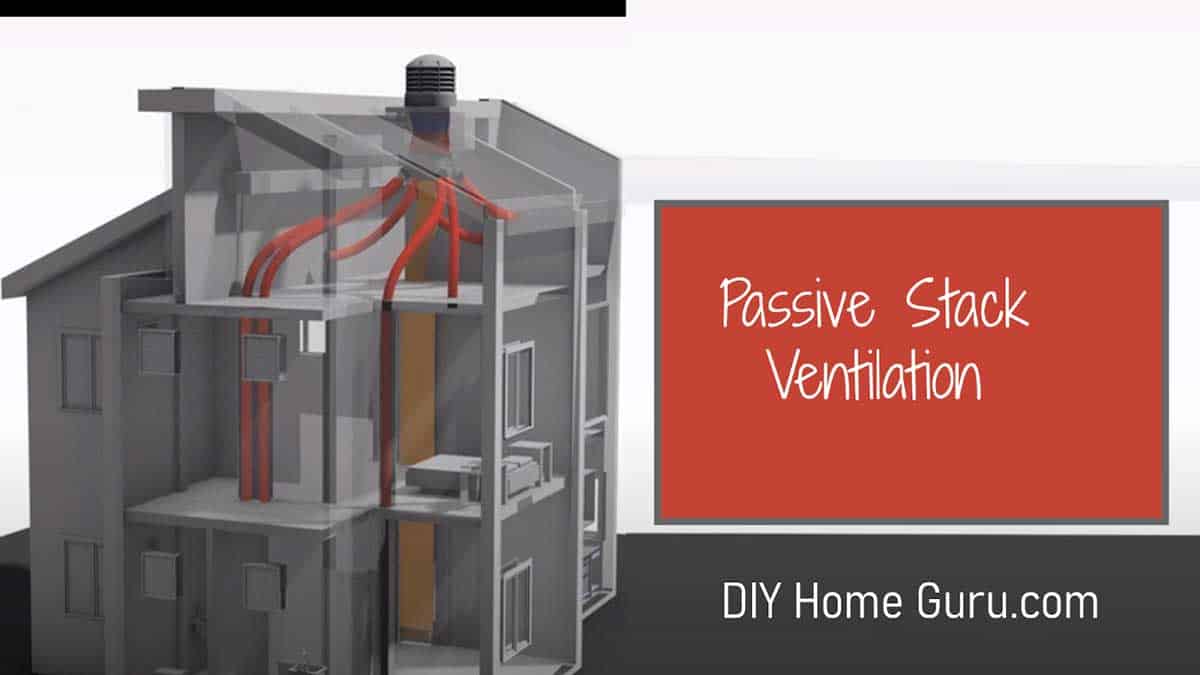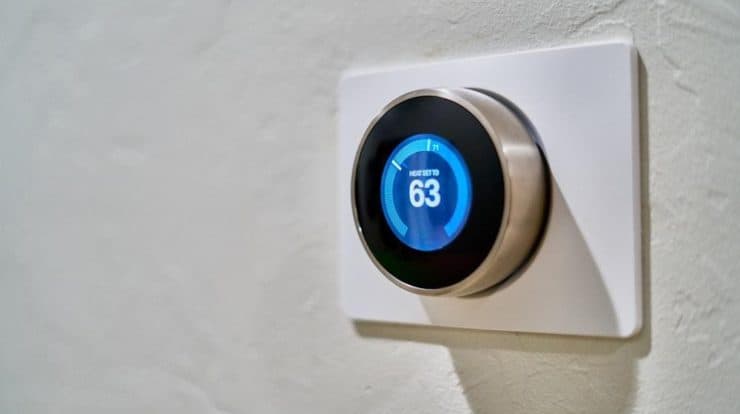If the pilot light in your water heater keeps on going out or won’t stay lit, then it could be a problem with the thermocouple.
In this article, I’ll explain to you how to test the thermocouple on a water heater to see if it’s functioning correctly. Then I’ll share with you how to clean and how to replace it if necessary.
We’ll be working on a standing pilot water heater with a conventional gas valve. Now if you have an electronic gas valve, then the repair will be a little different. Let us begin.
How does a thermocouple work?
Standing Pilot water heaters use a pilot flame that burns continuously and will ignite the main burner whenever heat is needed. Next to the pilot is the thermocouple, which generates a small electrical current when heated by the pilot flame.
This produces less voltage than a AA battery, but enough to power the gas valve. The thermocouple also acts as a safety switch. If the pilot light goes out, then the thermocouple will cool down. The voltage will drop and the gas valve will shut off.
This prevents unburnt gas from being released into your home. Now if the thermocouple is faulty, then it will also prevent the pilot from staying lit.
To begin, you’ll need an adjustable wrench, a screwdriver, dish soap and a small brush. Also, it is helpful to have alligator clip test leads and a multimeter.
Always be smart when working with gas. If you notice a strong gas odour at any point, then shut off the gas, ventilate the area and immediately call a technician.
Voltage test
The thermocouple voltage can be safely tested while lighting the pilot. First, remove the bottom cover. Set the multimeter to the volts DC option. Use the adjustable wrench to unscrew the thermocouple from the control valve.
Now connect the probes to the copper and to the end of the thermocouple. Light the pilot and hold down the button. The voltage should start to rise over the next few minutes as the thermocouple heats up.
In an open circuit test, a healthy thermocouple should read between 20 and 30 millivolts. If the multimeter reads under 20 millivolts then the pilot might have trouble staying lit.
Over time a buildup of carbon will act as an insulator and will reduce the voltage. One solution is to clean it, but in a lot of cases, it’s best to install a new thermocouple.
Now if the thermocouple voltage is good, then it could be a problem with the thermal cutoff switch.
Disconnect the water heater
First, turn off the gas supply. The handle should be perpendicular to the pipe. Now if the burner or pilot was just on, then give some time for everything to cool down. Now set the control valve to the off position.
Burner Assembly Removal
Disconnect the ignitor wire from the control valve. Next, remove the wires from the thermal switch. Remove the two screws that hold the door in place. Use an adjustable wrench to unscrew the thermocouple.
Next loosen and remove the pilot tube, but try not to bend or kink the metal. Unscrew and remove the manifold tube. Now slide out the whole burner assembly.
Pilot Assembly removal
In many cases, you’ll have to unscrew the pilot assembly. Now separate the plug that holds the wires in place. Next, feed the pilot tube and wires through the manifold door.
Thermocouple Replacement
First, free the thermocouple wire from the plug. If your thermocouple uses a push fitting then simply slide it out of the housing. Other models might have a screw fitting instead.
If there was low voltage during the thermocouple test, then you can try cleaning it using a piece of emery cloth. Yes, you can get it on Amazon through my affiliate link. I will get a small commission if you purchase the emery cloth through my affiliate link at no extra cost to yourself.
If you do clean the thermocouple, you’ll have to reassemble and test the voltage again following the steps from before.
In a lot of cases its best to install a new thermocouple. Most thermocouples are 18 or 24 inches long, but you can measure the old one if needed. Also, try to get one that comes with several adapters.
Slide the new thermocouple into the housing making sure that it is pushed in all the way. Next, snap the thermocouple wire into the door plug.
Pilot Assembly Installation
Feed the pilot tube, ignitor and thermocouple wires through the manifold door. Next push the plug into place. Now align the pilot assembly and tighten the screw.
Burner Assembly Installation
Slide the burner assembly into the tank, and align the tab into the bracket. Align the manifold tube into the control valve and tighten it with an adjustable wrench. Be careful not to overtighten the nut, as the threads can easily strip.
Now, connect the pilot tube and tighten it into place. Now screw in the thermocouple. Next, tighten the door screws. Reconnect the wires to the thermal cutoff switch. Finally, connect the ignitor wire.
Turn on the water heater
First, turn on the gas to the water heater. Now relight the pilot. Next set the control to the desired heat setting.
The main burner should fire up. While the burner is running its best to do a final test to see if any gas is leaking. Apply a soap solution to the pilot and manifold tube connections.
If you see any bubbles growing or if you smell a strong gas odour, then turn off the gas and check your connections.
If the problem persists, then call a technician. Hopefully, this has helped you get your water heater working again.
For more troubleshooting on water heaters, furnaces and appliances then subscribe to AMRE Supply channel. Thanks for reading and watching the video. Thanks for visiting DIY home Guru today…





